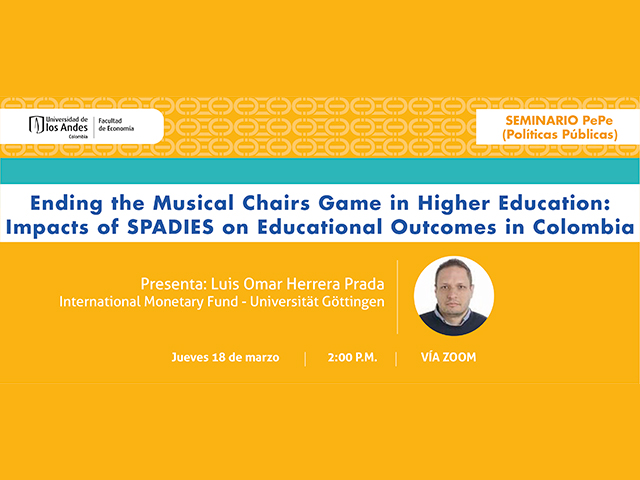Seminario Pepe (políticas públicas) - Luis Omar Herrera

The new millennium brought with it a new challenge: Students reaching higher education were not only greater in number, they were also less prepared than their predecessors. This caused a sharp deterioration in the quality of the entire higher education system, which in turn affected enrollment and graduation rates. Colombia faced this challenge with severely scarce economic resources, but the Ministry of Education designed a plan to keep students in higher education and eventually increased the overall enrollment rate from 20% in 2002 to over 42% in 2010. One of the tools used to implement this plan was the System for the Prevention and Analysis of School Dropouts in Higher Education (SPADIES). This software dashboard facilitates the collection, analysis, and visualization of student data. Spadies was instrumental in allowing information to flow easily among all the agents. This paper provides evidence that SPADIES was vital to achieving higher educational attainment outcomes across the country. Using a differences-in-differences approach, I find that SPADIES reduced the probability of dropping out by 1.2% (impact of 4.35%), increased the probability of graduating by 0.6% (impact of 1.3%), and increased the probably of graduating on-time by 0.6% (impact of 1.9%). I also find that the number of transitions (i.e. student status changes from absent or dropout to enrolled) decreased 3.4% (impact of 48.4%), and the average duration of a student's gap in enrollment decreased 0.2 semesters (impact of 14.4%).

